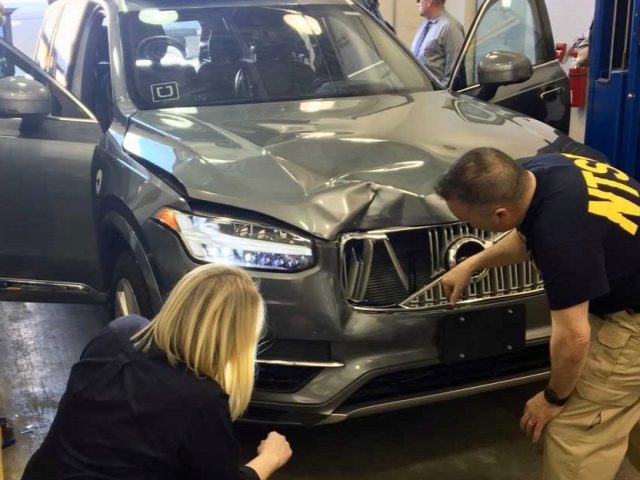Poll highlights safety concerns over megatrucks
A recent survey has highlighted the safety concerns of European citizens regarding the introduction of ‘megatrucks’ or ‘gigaliners’ on the road network. The Community of European Railway & Infrastructure Companies (CER) conducted the survey with four other rail industry associations.
The survey, which involved 8,000 online interviews across nine Member States (France, Germany, Belgium, Austria, Italy, Poland, Hungary, Spain, and Romania), found that a majority of respondents were not familiar with megatrucks. The term applies to truck and trailer combinations that are typically 25.25 meters long, nearly 9 metres longer than typical lorries in Europe, and weigh 60 tonnes. The vehicles are equivalent in length to six passenger cars and can weigh as much as a fully loaded Boeing 737-300. In Finland, 34.5m, 76-tonne configurations are permitted.
Upon receiving information about these large vehicles, the majority of those questioned expressed negative views, citing concerns about the impact on road infrastructure, congestion, road safety, and noise.
A significant 85% of respondents acknowledged the safety risks that megatrucks can pose to drivers, pedestrians, and cyclists, as well as the potential strain on public budgets.
Furthermore, 75% of participants expressed the belief that the introduction of megatrucks could lead to a decrease in freight transport by rail. In countries where rail freight transport is more established, 60% of citizens asked believed that the circulation of megatrucks should not be permitted. A resounding 94% of participants considered it important to promote combined transport as an alternative solution to the introduction of megatrucks, citing the potential to greatly reduce congestion and safety risks.
The European Parliament narrowly voted in March to support a Commission proposal that would have the effect of expanding the number of extra-long and extra-heavy lorries on EU roads, with serious potential consequences for road safety.
ETSC has serious concerns about the impact of longer and heavier vehicles (LHVs) on road safety and says all the impacts of wider adoption haven’t been fully assessed.
The potential risks that ETSC says have not been fully investigated include:
- LHVs may accelerate road infrastructure degradation, leading to more frequent maintenance and safety issues;
- LHVs require adapted infrastructure, posing challenges in work zones, parking, resting areas, and more;
- existing truck safety facilities aren’t designed for LHVs, including barriers, ramps, and lay-bys;
- fire safety in tunnels is a concern, especially with LHVs potentially blocking traffic lanes in roll-over crashes;
- the impact resistance of barriers on bridges crossing above railways may not be sufficient to prevent a crash between an LHV and a train;
- LHVs can struggle with intersections. They might use space for vulnerable users during turns, potentially encroaching on pavements or cycle paths.
The proposal contains no specific legal safeguards regarding who drives longer and heavier vehicles. That means that in several EU countries, 18-year-olds could drive them without requiring any additional training compared to what is required for a standard lorry. In a separate legal proposal on driving licences, the Commission also wants to require all EU Member States to introduce an accompanied lorry driving scheme for 17-year-olds. Data show that younger lorry drivers are at a much higher risk of crashing.
The European Parliament has agreed its position on the weights and dimensions rules. Negotiations on the final text can begin once EU Member States have agreed on their approach, which could be as soon as next month. Negotiations on the driving licence rules are also set to begin after the European elections next month.







